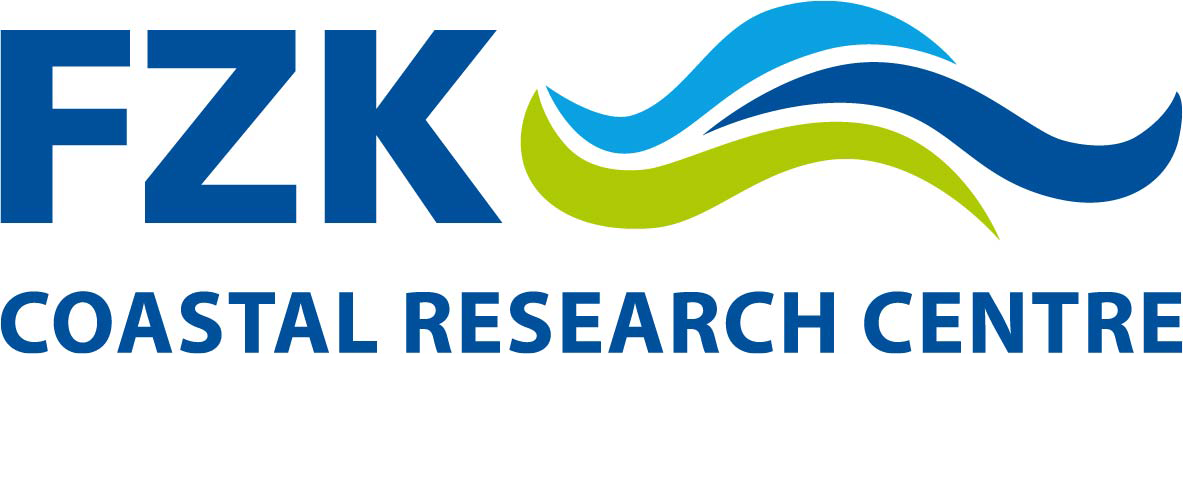WISE Experiments
| Led by: | Dr. Michalis Vousdoukas |
| Year: | 2014 |
| Funding: | HYDRALAB IV |
| Remarks: | 10 weeks |
The WISE experiments are related to the interaction between waves and sediments. They were the FZK contribution to the following task in WISE:
Improving the knowledge of the scaling effect under the total transport and suspended sediment regime. That was done through large-scale tests, under controlled and rough turbulent conditions, the results of which were compared with smaller scale experiments at the Barcelona (CIEM) and Lisbon (LNEC) wave flumes. The efforts were building upon experience gained on erosive conditions under HYDRALAB III and were now focused on Accretive conditions and include “identical” tests at complementary scales, carefully designed to study the effect of suspended and bed load modes when scaling a coastal "transect" (perpendicular to the shore section).
They took place in 2 stages:
- One having as main objective to test the scalability of experiments taking place at GWK (full scale) and the CIEM-Barcelona flume (1/2 scale). Erosive and accretive states will be tested.
- One aiming to investigate various aspects of nearshore hydrodynamics, sediment transport, and morphological response in various wave regimes
Experiments started with a linear, sandy profile (d50=0.3 mm; slope 1/15) and different wave conditions were applied. A wide array of sensors was used to measure different parameters:
Hydrodynamic
- Wave measurements using capacitance wires (>20)
- Swash zone water level using ultrasonic sensors (10)
- Pore pressure measurements in the swash zone (20)
- Velocity measurements from 4 ADVs and 3 ECMs, installed at different locations in the surf zone
Suspended sediment concentration
- The 2 AQUAscat sensors were installed at the surf zone.
Beach morphology
- The mechanical profiler measured the beach profile topography at pre-defined times (see Test program)
- In addition, acoustic underwater probes were used for point measurements.
Video cameras and Laser scanner
- 4 video cameras were installed at the roof of the flume
- Similarly a laser scanner was installed at the roof/bridge
